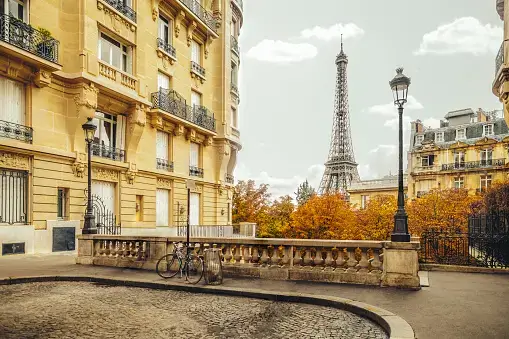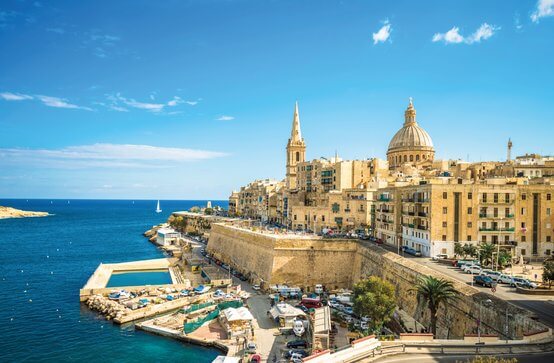11 Historical Buildings in the World According to Rida
You can send us your collection by going to ContactUs page.
Please be aware that the content within this list may be updated, modified, or revised in the future. As new information becomes available or circumstances evolve, the items or rankings within the list may be adjusted accordingly.
Note that the collection presented here has been contributed by an individual and every Individual has its own Opinion so it is not an official collection. While we strive to curate and provide high-quality content, the accuracy, completeness, and authenticity of the collection cannot be guaranteed. The views, opinions, and selection of items within this collection solely belong to the user who created it. We encourage you to explore and enjoy the collection with an open mind, understanding that it reflects personal preferences and perspectives. Should you have any questions or concerns, please feel free to reach out to us. Your feedback is valuable as we continuously strive to enhance your browsing experience
Created By: Rida
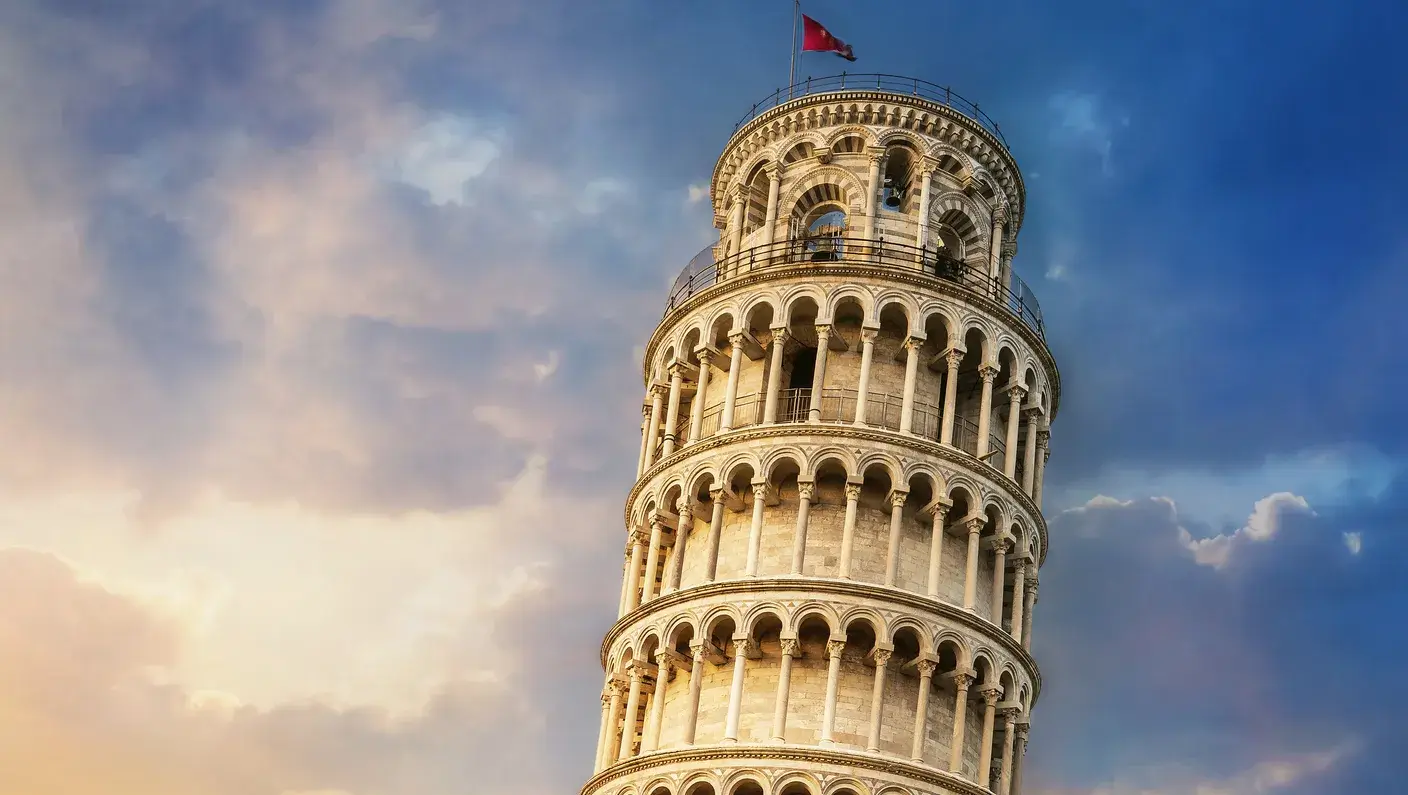
Title: Leaning Tower of Pisa
Location: Pisa, Tuscany, Italy
Construction Started: 1173
Completion Year: 1372
Status: Historical Monument, UNESCO World Heritage Site
Architectural Style: Romanesque, Gothic
Historical Significance: Famous architectural anomaly and symbol of Italy
Description: The Leaning Tower of Pisa is a world-famous architectural wonder located in the city of Pisa, Tuscany, Italy. Originally intended to be a bell tower for the nearby Pisa Cathedral, its construction began in 1173 and took nearly two centuries to complete.
The tower's distinctive feature is its noticeable lean, caused by an unstable foundation and soft ground on which it was built. The tilt started to become apparent during the construction process, leading to a halt in construction and efforts to stabilize the structure. Despite these efforts, the tower still leans today, giving it its unique and iconic appearance.
The tower stands at approximately 56 meters (185 feet) tall and consists of eight levels, each adorned with elegant columns, arches, and sculptural details in the Romanesque and Gothic styles. The top of the tower offers breathtaking views of the surrounding landscape.
Over the centuries, the Leaning Tower of Pisa has become a symbol of Italy and one of the most recognized landmarks in the world. It has attracted millions of tourists, artists, and architects who have marveled at its unusual tilt and admired the skillful craftsmanship of its design.
The tower's lean has been a subject of scientific study and conservation efforts to prevent further tilting and ensure its preservation for future generations. Today, visitors from around the globe come to Pisa to experience the awe-inspiring sight of the Leaning Tower and capture memorable photographs of themselves seemingly holding it up.
In 1987, the Leaning Tower of Pisa, along with the Piazza del Duomo and the surrounding monuments, was designated as a UNESCO World Heritage Site, recognizing its cultural and historical significance as a masterpiece of medieval architecture and engineering ingenuity
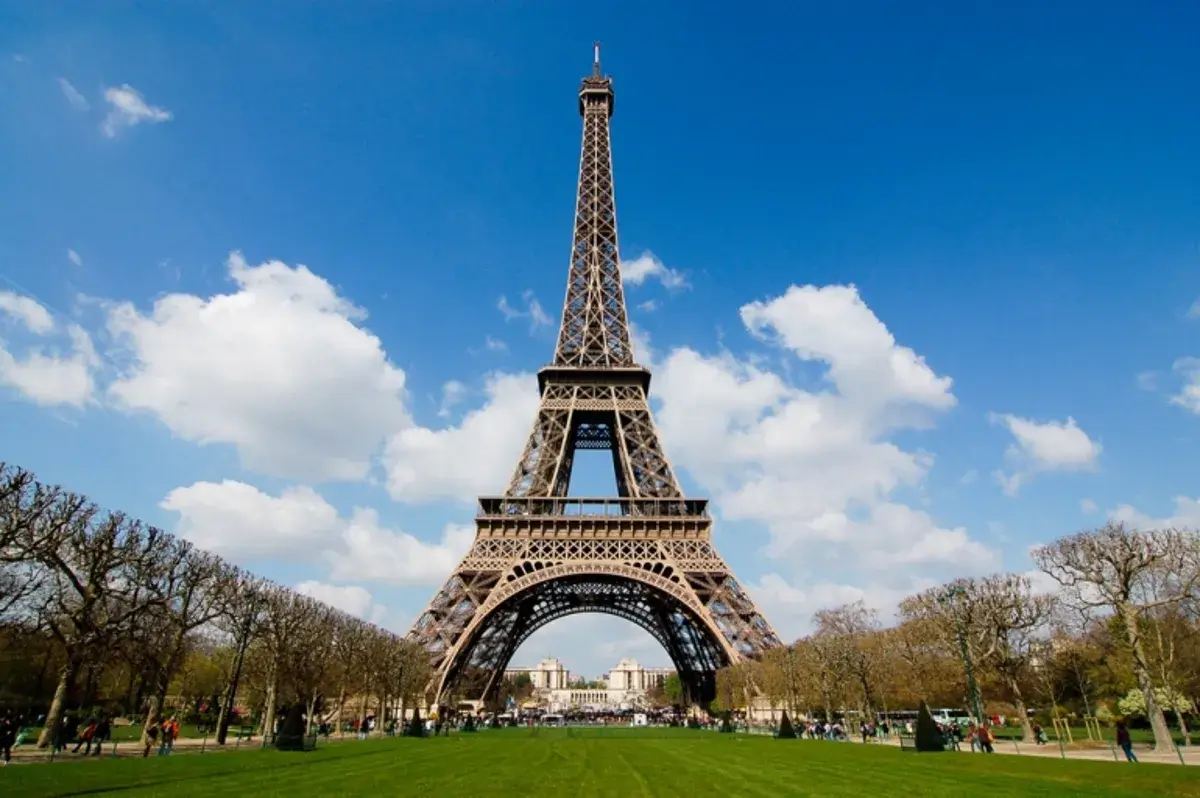
Title: Eiffel Tower
Location: Paris, France
Construction Started: 1887
Completion Year: 1889
Status: Iconic Landmark, Tourist Attraction
Architectural Style: Exposition Universelle, Iron lattice structure
Height: Approximately 1,063 feet (324 meters)
Historical Significance: Symbol of Paris and a testament to architectural ingenuity
Materials: Wrought iron
Description: The Eiffel Tower, known as La Tour Eiffel in French, is an iconic iron lattice structure located in the heart of Paris, France. It was constructed as the entrance arch for the 1889 Exposition Universelle (World's Fair), celebrating the 100th anniversary of the French Revolution.
Designed by engineer Gustave Eiffel, the tower stands tall at approximately 1,063 feet, making it one of the tallest structures in the world during its time of completion. It was initially met with controversy, but over time, it became an emblematic symbol of Paris and a true architectural marvel.
The Eiffel Tower consists of a lattice of wrought iron, divided into three levels, each accessible by elevators and stairs. At the top, visitors are rewarded with breathtaking panoramic views of the city.
Over the years, the Eiffel Tower has become an enduring cultural icon, synonymous with France's romantic and artistic reputation. It attracts millions of tourists from around the globe, who come to witness its beauty, take stunning photographs, and enjoy the mesmerizing light shows that illuminate the tower at night.
As a symbol of architectural ingenuity and a representation of the City of Light, the Eiffel Tower remains a beloved landmark and an essential part of Paris's identity, reminding visitors of the city's rich history and artistic legacy.
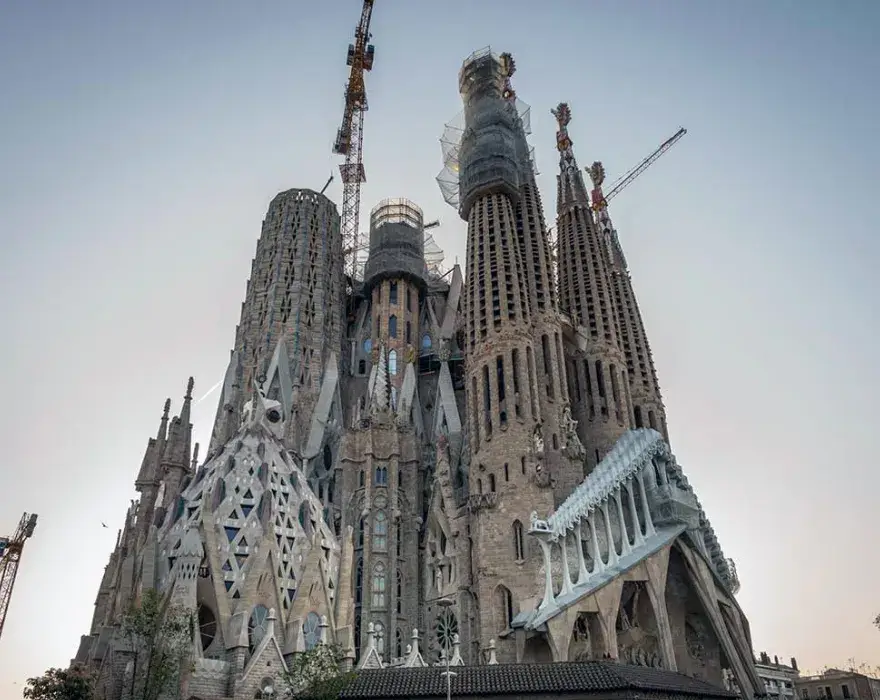
Title: La Sagrada Familia
Location: Barcelona, Catalonia, Spain
Construction Started: 1882
Expected Completion Year: Estimated in the 2030s
Status: Under Construction, UNESCO World Heritage Site
Architectural Style: Catalan Modernisme, Neo-Gothic, Art Nouveau
Height: Projected to be approximately 560 feet (170 meters) upon completion
Historical Significance: Iconic basilica and a masterpiece of architect Antoni Gaudí
Description: La Sagrada Familia, officially known as the Basílica i Temple Expiatori de la Sagrada Família, is a world-famous basilica located in Barcelona, Spain. It was designed by the renowned Catalan architect Antoni Gaudí and is considered his magnum opus.
Construction of La Sagrada Familia began in 1882, and although Gaudí devoted much of his life to the project, it remains unfinished to this day. The basilica combines elements of Catalan Modernisme, Neo-Gothic, and Art Nouveau styles, resulting in a breathtaking and unique architectural masterpiece.
One of the most remarkable features of La Sagrada Familia is its intricate facades, adorned with intricate sculptures depicting various religious scenes and symbolism. The interior is equally awe-inspiring, with towering columns resembling tree trunks and a mesmerizing interplay of light and color through stained-glass windows.
Gaudí's innovative use of architecture and engineering principles in La Sagrada Familia has resulted in a design that harmoniously blends religious symbolism with natural elements. The basilica's eight spires represent different religious figures, with the tallest spire dedicated to Jesus Christ.
Despite its unfinished status, La Sagrada Familia attracts millions of visitors each year, who marvel at its unique design and historical significance. In 2005, it was designated as a UNESCO World Heritage Site, recognizing its outstanding cultural value to humanity.
Currently, construction is ongoing, and the projected completion year is estimated to be in the 2030s. The continued work on La Sagrada Familia is a testament to the dedication of architects and artisans who strive to bring Gaudí's vision to fruition and preserve his legacy for generations to come
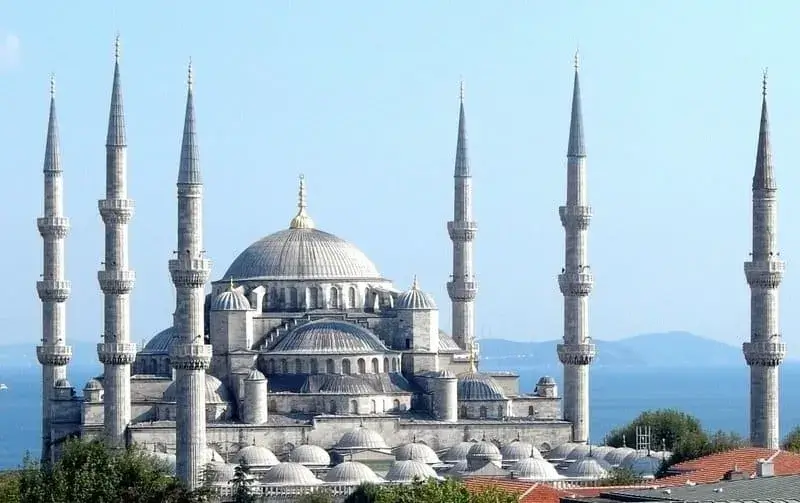
Title: The Blue Mosque (Sultan Ahmed Mosque)
Location: Istanbul, Turkey
Construction Started: 1609
Completion Year: 1616
Status: Active Mosque, Historic Landmark
Architectural Style: Ottoman architecture, Islamic
Historical Significance: Iconic mosque with stunning blue tiles
Description: The Blue Mosque, officially known as the Sultan Ahmed Mosque, is a magnificent mosque located in Istanbul, Turkey. It was commissioned by the Ottoman sultan Ahmed I and constructed between 1609 and 1616 during the height of the Ottoman Empire.
The mosque's nickname, "The Blue Mosque," comes from the more than 20,000 blue tiles that adorn its interior walls and domes, creating a mesmerizing and unique visual effect. The intricate tilework features floral motifs and geometric patterns, enhancing the serene ambiance of the prayer hall.
The Blue Mosque boasts an impressive architectural design, with a grand dome flanked by six soaring minarets, making it one of the most recognizable landmarks in Istanbul's skyline. The main prayer hall is spacious and can accommodate thousands of worshipers at once.
The exterior of the mosque is equally impressive, with cascading domes and semi-domes, intricate calligraphy, and ornate stone carvings.
As an active mosque, The Blue Mosque remains an important place of worship for Muslims. Visitors from around the world are welcome to explore its stunning architecture and experience the spiritual atmosphere. Modesty in clothing is required for those entering the mosque, and it is advisable to check the prayer times to plan a visit accordingly.
The Blue Mosque stands as a testament to the artistic and architectural achievements of the Ottoman Empire and remains an enduring symbol of Istanbul's rich history and cultural heritage. Its beauty and significance continue to draw visitors and admirers, making it one of the most sought-after tourist destinations in Turkey

Title: St. Basil's Cathedral (The Cathedral of Vasily the Blessed)
Location: Moscow, Russia
Construction Started: 1555
Completion Year: 1561
Status: Museum, UNESCO World Heritage Site
Architectural Style: Russian Baroque, Russian Orthodox
Historical Significance: Iconic symbol of Moscow and Russian architecture
Description: St. Basil's Cathedral, officially known as The Cathedral of Vasily the Blessed, is a world-renowned Orthodox church situated at the heart of Moscow's Red Square. Commissioned by Ivan the Terrible to commemorate the conquest of the Khanate of Kazan, its construction began in 1555 and was completed in 1561.
The cathedral's distinctive architectural style features nine colorful onion-shaped domes, each representing a different chapel. These vibrant domes are adorned with intricate patterns, vibrant colors, and gold leaf, creating a breathtakingly beautiful ensemble. The vibrant and whimsical design of St. Basil's Cathedral sets it apart from any other religious structure in the world.
The interior of the cathedral is equally impressive, with ornate iconostases, religious paintings, and detailed frescoes adorning the walls and ceilings. Each chapel within the cathedral is dedicated to a specific saint or event in Russian Orthodox tradition.
Throughout its history, St. Basil's Cathedral has witnessed various events, from religious ceremonies to political and cultural gatherings. It remained an active church until 1929 when the Soviet government secularized it, converting it into a museum.
In 1990, St. Basil's Cathedral was designated as a UNESCO World Heritage Site, recognizing its cultural and historical significance to Russia and the world.
Today, St. Basil's Cathedral continues to captivate visitors from around the globe with its unique architecture, rich history, and its status as an enduring symbol of Russia's cultural heritage. It remains one of the most visited and photographed landmarks in Moscow, drawing millions of tourists who come to marvel at its extraordinary beauty and immerse themselves in its fascinating history
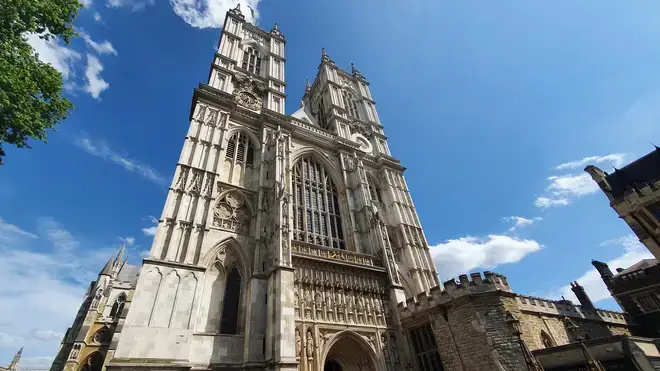
Title: Westminster Abbey
Location: London, United Kingdom
Construction Started: 1245
Completion Year: 1745
Status: Active Church, UNESCO World Heritage Site
Architectural Style: Gothic, Medieval
Historical Significance: Coronation and burial site of British monarchs, significant events venue
Description: Westminster Abbey is an iconic and historically significant church located in the heart of London, United Kingdom. Originally founded as a Benedictine monastery in the 10th century, the current abbey's construction started in 1245 and continued for several centuries, resulting in a beautiful blend of Gothic and medieval architecture.
The abbey's imposing facade features intricate stone carvings, pointed arches, and magnificent stained-glass windows, making it a prime example of medieval architectural brilliance. Its soaring spires and majestic towers dominate the skyline of central London.
Throughout its long history, Westminster Abbey has been the site of numerous significant events. It is renowned as the venue for royal weddings, including the wedding of Prince William and Catherine Middleton in 2011. It is also the location where British monarchs are crowned, and many of them are buried here, making it a place of great importance in British royal history.
Inside, the abbey's interior is equally breathtaking, with a magnificent nave, impressive choir stalls, and the awe-inspiring coronation throne.
In recognition of its immense cultural and historical significance, Westminster Abbey was designated as a UNESCO World Heritage Site in 1987, highlighting its role in shaping the history of the United Kingdom.
Apart from its religious significance, Westminster Abbey is also a popular tourist attraction, drawing visitors from all over the world who come to marvel at its architectural splendor, explore its rich history, and pay their respects to the final resting place of many famous figures in British history.
Westminster Abbey remains a symbol of the United Kingdom's heritage, a place of worship, and a living testament to the enduring impact of Gothic architecture on the world's cultural landscape
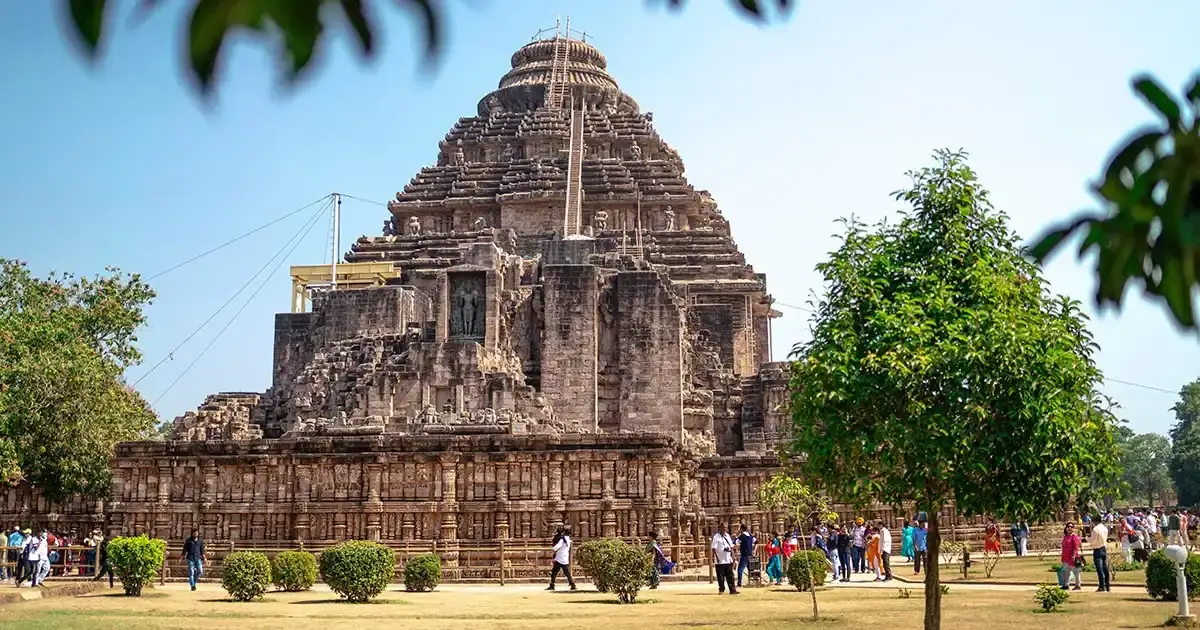
Title: Konark Sun Temple
Location: Konark, Odisha, India
Construction Started: 1250 CE
Completion Year: Not completed, abandoned
Status: Historic Ruins, UNESCO World Heritage Site
Architectural Style: Kalinga Architecture, Odia Style
Historical Significance: A magnificent ancient Hindu temple dedicated to the Sun God
Description: The Konark Sun Temple is a magnificent ancient Hindu temple located in Konark, a small town in the state of Odisha, India. Built during the 13th century by King Narasimhadeva I of the Eastern Ganga dynasty, the temple is dedicated to the Sun God, Surya.
The temple was designed as a colossal chariot with twelve pairs of exquisitely carved wheels and seven spirited horses, all symbolizing the solar deity's chariot. Intricate carvings and sculptures adorn every inch of the temple, depicting various mythological stories, celestial beings, and intricate patterns.
The main sanctum once housed a colossal idol of the Sun God, but it is now empty, as the temple's superstructure has collapsed over the centuries, leaving behind the fascinating ruins we see today.
Konark Sun Temple was not completed due to various factors, including the decline of the Eastern Ganga dynasty and environmental factors. It was eventually abandoned and fell into ruin.
Despite its incomplete state, the Konark Sun Temple stands as a testament to the architectural and artistic brilliance of ancient India. In recognition of its cultural and historical significance, it was designated as a UNESCO World Heritage Site in 1984.
Visitors from around the world are drawn to the Konark Sun Temple to marvel at its architectural grandeur and the intricate carvings that narrate tales of ancient mythology. The temple's unique design and artistic expression make it one of the most important cultural and historical landmarks in India. Today, it serves as a site for cultural festivals and events, reflecting the enduring legacy of ancient Indian craftsmanship and spirituality

Title: Big Ben (The Great Bell and Clock Tower)
Location: London, United Kingdom
Construction Started: 1843
Completion Year: 1859
Status: Operational Clock Tower
Architectural Style: Neo-Gothic, Victorian
Historical Significance: Iconic symbol of London and British culture
Description: Big Ben, often referred to as the Great Bell and Clock Tower of the Palace of Westminster, is one of the most iconic and recognizable landmarks in the world. Situated in London, United Kingdom, it stands majestically on the north end of the Palace of Westminster (Houses of Parliament).
The construction of Big Ben began in 1843 and was completed in 1859 during the reign of Queen Victoria. The tower was designed by architects Charles Barry and Augustus Pugin in the neo-Gothic style, blending elements of Victorian architecture with medieval aesthetics.
The clock tower rises to an impressive height, reaching approximately 96 meters (315 feet) and consists of a square base with four clock faces, each measuring around 7 meters (23 feet) in diameter. The clock faces are adorned with elaborate Gothic numerals and intricate ornamentation.
The Great Bell, known as Big Ben, weighs over 13.5 tons and chimes every hour, creating a distinctive and resonant sound that has become synonymous with London. Big Ben's deep and melodious chimes are heard around the world during significant events, including the New Year's Eve celebrations.
Over the years, Big Ben has been a symbol of British culture, democracy, and resilience. It has witnessed significant historical events and stood tall through both celebrations and challenges.
In recent years, the Elizabeth Tower, which houses Big Ben, has undergone extensive renovations to preserve its historic beauty and ensure its continued operation for generations to come.
A visit to London would be incomplete without catching a glimpse of this architectural marvel and hearing the resounding chimes of Big Ben, a timeless reminder of the United Kingdom's rich history and its enduring connection with the rest of the world
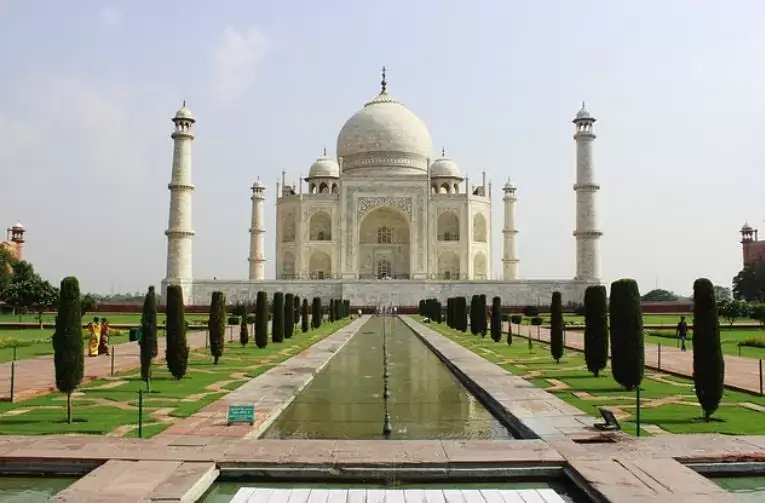
Taj Mahal - Agra, India - Height: 73 meters (including the central dome) - Completion Year: 1653 - Construction Cost: Estimated at 32 million rupees (equivalent to around $1 billion today)
Detail: The Taj Mahal is an architectural masterpiece and a symbol of eternal love, built by Emperor Shah Jahan in memory of his wife Mumtaz Mahal.
Interesting Fact: It changes color throughout the day, appearing pinkish in the morning, white during the day, and golden in the moonlight.
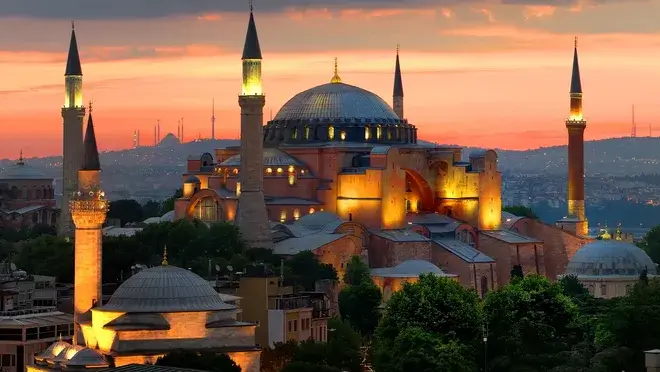
Title: Hagia Sophia
Location: Istanbul, Turkey
Construction Started: 532 AD
Completion Year: 537 AD
Status: UNESCO World Heritage Site, Museum (formerly a mosque)
Architectural Style: Byzantine, later converted to Ottoman architecture
Historical Significance: Symbol of cultural and religious fusion
Materials: Brick, stone, marble
Description: Hagia Sophia, also known as Ayasofya, is an iconic architectural marvel located in Istanbul, Turkey. It was originally built as a cathedral during the reign of the Byzantine Emperor Justinian I and was completed in 537 AD. For almost a thousand years, it served as the principal church of the Eastern Orthodox Church, witnessing significant religious ceremonies and events.
Hagia Sophia is renowned for its impressive dome, which was an engineering marvel of its time. The vast interior space, adorned with intricate mosaics and massive marble columns, is a testament to the grandeur of Byzantine architecture.
In 1453, following the Ottoman conquest of Constantinople, Hagia Sophia was converted into a mosque, and minarets were added to the exterior. Islamic elements, such as calligraphy and Islamic art, were incorporated into the interior design.
In 1935, under the leadership of Mustafa Kemal Atatürk, the founder of modern Turkey, Hagia Sophia was transformed into a museum as part of secularization efforts. It became a UNESCO World Heritage Site in 1985, recognizing its cultural and historical significance.
Recently, in 2020, Hagia Sophia was reconverted into a mosque, sparking debates about its status as both a religious and cultural symbol. Today, it continues to be a major tourist attraction, drawing visitors from all over the world who come to marvel at its architectural splendor and rich history, reflecting the interwoven cultural heritage of the Byzantine and Ottoman empires.
Interesting Fact: It's difficult to estimate its original construction cost, but it's deemed priceless today.
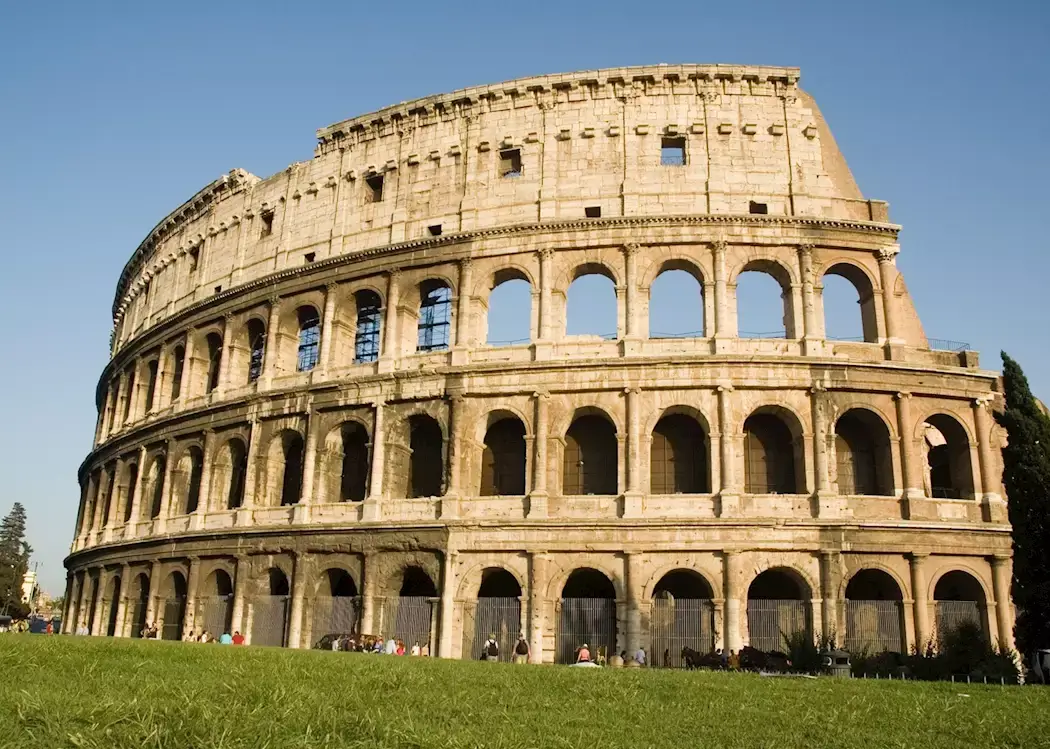
The Colosseum - Rome, Italy - Height: 48 meters - Completion Year: 80 AD - Construction Cost: Ancient Roman currency
Detail: The Colosseum, a Roman amphitheater, could hold 50,000 spectators and hosted gladiatorial contests and public spectacles.
Interesting Fact: It once had a retractable awning (velarium) to shade the audience.







